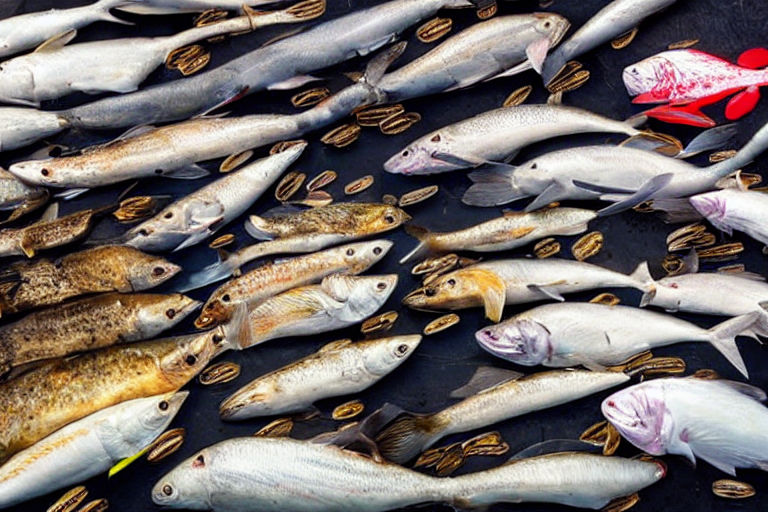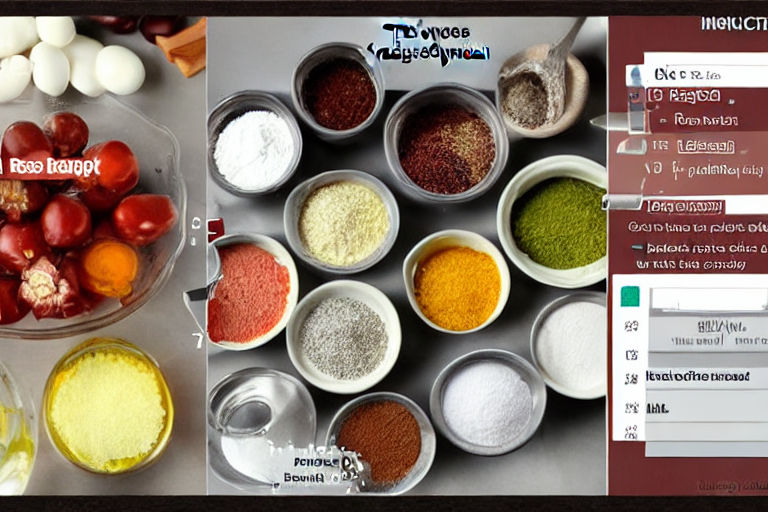Beyond The Spice: A Beginner's Guide To Exploring The Complexity Of Indian Cuisine
Indian cuisine is much more than just curry and spice. It is a diverse and complex culinary art that varies from region to region. With its vibrant flavors, textures, and aromas, Indian cuisine is one of the most popular cuisines in the world.
If you are a food enthusiast and want to explore the complexity of Indian cuisine, then you have come to the right place. In this beginner's guide, we will take you on a journey of Indian cuisine, from its history and diversity to its key ingredients and cooking techniques.
History Of Indian Cuisine
Indian cuisine has a rich history that dates back to 5000 BCE. Its culinary traditions have been influenced by the Persian, Mughal, and British cultures that ruled India over the centuries. The cuisine has evolved over time and has become a reflection of its regional diversity.
Diversity Of Indian Cuisine
India is a vast country with diverse cultures and traditions. Its cuisine is no different. Each region in India has its own unique style of cooking and flavors. Northern India is known for its buttery curries and tandoori dishes, while southern India is famous for its spicier and coconut-based curries. The eastern region of India is known for its fish curries and sweets, while the western region is known for its savory snacks and chaats.
Key Ingredients Of Indian Cuisine
Indian cuisine has a wide range of ingredients that give it its unique flavor and taste. Spices like cumin, coriander, turmeric, and garam masala are the backbone of Indian cuisine. Other essential ingredients include lentils, rice, vegetables, and dairy products. Indian cuisine also makes ample use of herbs and natural flavors like saffron, rose petals, and cardamom.
Cooking Techniques Of Indian Cuisine
Indian cuisine is all about layering flavors and textures. One key cooking technique used in Indian cuisine is the "tempering" of spices, which involves heating whole spices in hot oil to release their flavors before adding them to a dish. Another essential technique is the use of the "tawa," a flat iron griddle used to roast spices, bread, and vegetables.
Conclusion
Indian cuisine is a fascinating culinary experience that goes beyond the spice. Its diversity, history, key ingredients, and cooking techniques make it a highly complex and rich cuisine. So, if you want to explore the world of Indian cuisine, don't stop at the curry and spice. Be curious, experiment, and immerse yourself in the depth and complexity of Indian cuisine.



